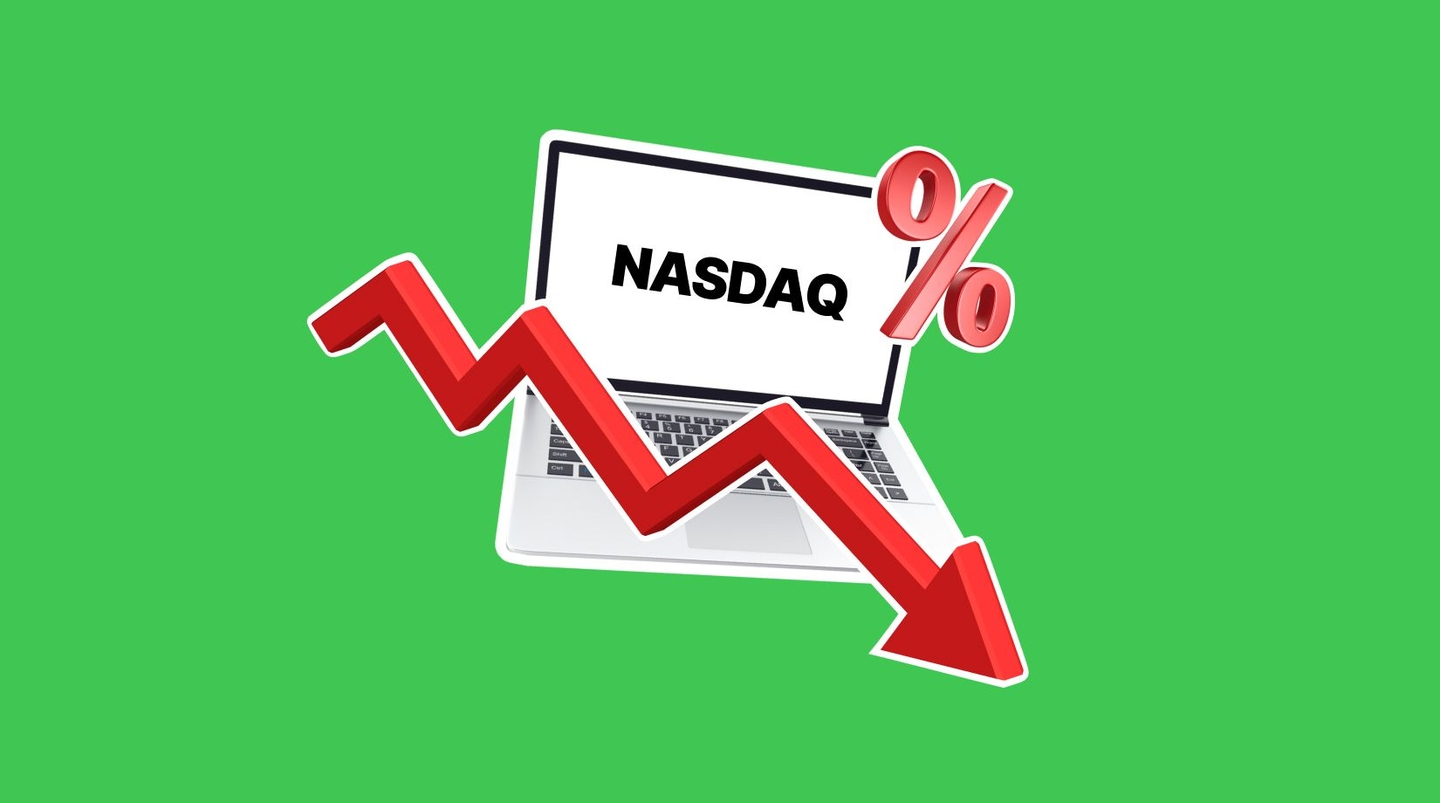The NASDAQ sees its most significant selloff since April, declining by 1.86% during yesterday’s US trading session. They were partially triggered by pending orders, which could be seen on the depth of the market shortly after the US trading bell rang. However, the downward trend was also influenced by hawkish sentiment around the globe, which may also affect the Federal Reserve. This week the Reserve Bank of Australia unexpectedly raised interest rates, and yesterday the Central Bank of Canada also followed. Bond yields have also recently risen, indicating economists believe the Fed may increase the Federal Fund Rate.
Higher bond yields and interest rates are known to pressure the stock market. In addition to this, investor sentiment declined due to lower exports from China and the OECD’s prediction of lower global economic growth. In response, the NASDAQ and SNP500 declined, whereas the Dow Jones saw mixed price movements but ended the day higher. Technology stocks came under pressure above all as investors cashed in profits. For example, NVIDIA stocks declined more than 3% yesterday.
NASDAQ - Experiences Biggest Selloff Since April
As mentioned above, the NASDAQ was the worst-performing index and saw a significantly higher decline than other indices. The asset continues declining this morning, trading 0.48% lower than the market open price. The main components driving the decline were the stocks that hold a higher weight rather than the less influential components within the NASDAQ. Eight of the top 10 influential stocks declined, and only 2 held their value. Of the top 10 influential stocks within the NASDAQ, Amazon saw the most significant decline dropping 4.10%.
When evaluating technical and order flow analysis, the decline at $14,648 was predictable due to the resistance level and sell orders pending on the depth of the market. The price has now broken out of the previous price range and formed a bearish breakout at $14,433. According to price action, this indicates that the price may decline, and indeed, the price depreciated a further 1.35%. However, traders should note the price is now trading at the next support level from June 1st. If the price does continue to decline, the Fibonacci levels indicate the next target at $13,605.

The US Treasury Secretary, Ms. Yellen, advises CNBC that the US economy is strong, and consumer spending remains high, but some industries show signs of a slowdown. Ms. Yellen said she expects a further decline in inflation over the next two years, and the banking system has enough liquidity so that creditors can withstand any crises. This is a similar reading to that provided by the OECD, which did not indicate a full recession, but a decline in economic activity. However, this can lower demand for the stock market if interest rates continue to increase or remain high longer than initially thought.
One of the companies within the NASDAQ which saw a substantial decline was PayPal. The Consumer Financial Protection Bureau issued a warning stating that funds stored in digital payment providers such as PayPal cannot be fully protected from the risks of losses since they are not subject to federal deposit insurance legislation.
Gold Plunges Alongside Equities
Even though the stock market came under pressure, the price of Gold declined regardless of the lower risk appetite. Investors refrained from Gold and Bonds as their safe haven option but instead returned to the Dollar. Traders of Gold will continue monitoring the US Dollar’s price action. This morning, The US Dollar Index has slightly declined but remains above 104.00.

Investors are currently contemplating whether gold demand will increase as economic activity declines. However, this is only likely if the Dollar does not continue its bullish trend from the past five weeks. The main price driver of Gold will be the Federal Reserve’s interest rate decision next Wednesday. This will determine if the Dollar will be a liable method to hedge against inflation or if Gold will be more beneficial. If the Federal Reserve opts to increase interest rates by 25 basis points, the price of Gold may be pressured. At the same time, a pause may support Gold if the Dollar declines simultaneously.
Today, investors will mainly focus on the US Unemployment Claims data scheduled to be released this afternoon. Analysts expect the weekly data to remain stable at 236,000.
Summary:
- The NASDAQ sees its most significant selloff since April, declining by 1.86% during yesterday’s US trading session.
- Eight of the top 10 influential stocks declined, and only 2 held their value. Amazon experiences the largest selloff.
- Ms. Yellen advises CNBC that the US economy is strong, and consumer spending remains high, but some industries show signs of a slowdown.
- Gold and bonds decline as the Dollar increases in value.


